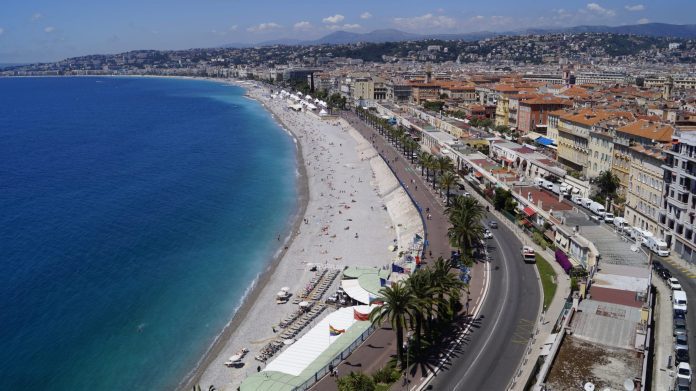Europe is home to a large number of smart cities. Regional and municipal governments across the continent seek to implement innovative technologies in different fields such as transport, traffic, energy and environment in order to improve the quality of life of residents. Here, we describe three different smart city case studies.
Santander
Santander, Spain, is working through its SmartSantader smart cities program developed by the municipal government as part of the city’s strategic plan for 2010 to 2020.
As part of the smart cities program, which was launched in 2010, Santander currently has nearly 20,000 devices deployed across the city. This includes static devices located at fixed points in the city utilizing different urban furniture. Collected data is processed in a management server for analysis by applications and tools to generate predictive models. An example of this type of device include sensors to detect available parking places. There are also dynamic devices installed in moving elements, such as public buses, vehicles, taxis and trash collection vehicles. These devices are designed to collect environmental and traffic information at several points within the city.
In terms of transport and mobility, initiatives include the deployment of sensors designed to measure traffic density. Additionally, panels have been installed along routes in the city center, which provide real-time parking information to drivers before they enter a street. The panels provide information about nearly 400 parking places. Tags or stickers installed at the city’s bus stops provide data on municipal bus service lines, stops and wait times.
For environmental monitoring, Santander has completed the first phase of its smart water project, which included the installation of 1,000 remote domestic meter-reading devices, and network flow, water pressure and water level sensors in the main sewer. Also, a mobile application called “SmartWater,” allows users to access real-time information about their consumption, water quality and water pressure.
Milton Keynes
Milton Keynes was founded as a “new town” in 1967. In less than 50 years, it has grown to a population of more than 250,000, and between 1981 and 2013 its population grew by 103%, according to City Metric. The rapid influx of people has put pressure on the city’s infrastructure, and forced its leaders to look for ways to create sustainable growth and meet carbon reduction targets. The solution is to transform Milton Keynes with smart cities technologies.
MK: Smart is Milton Keynes’ 16 million pound multifaceted smart city initiative designed to meet environmental regulation and increase the standard of living for the city’s growing population by taking IoT-based approaches in areas including transportation, energy and water management.
Data is an integral part of any smart city or IoT deployment. MK: Smart’s Data Hub supports the collection, integration and application of big data from sources around the city.
Cloud Enabled Mobility (CEM) connects citizens with travel information and other cloud-based services. For instance, Milton Keynes introduced a smart parking trial (300 SmartEye sensors) so car park users don’t have to return to their vehicle to display their ticket. They can also download an app which provides parking availability in real-time. MK: Smart is currently working on MotionMap, for real-time data on the movements of vehicles and people across the city.
Nice
Because smart cities incorporate such a wide variety of technologies, unified management solutions need to be in place. That was the goal of a smart city project in Nice designed to “test and validate an IP-enabled technology architecture and economic model, as well as to determine the social benefits of IoE. The project is based on a shared platform designed to be more flexible, granular, and scalable than early attempts at developing urban operating systems.”
City services covered in the pilot are smart circulation, smart lighting, smart waste management and smart environmental monitoring. The results can be used to help other cities accelerate smart city projects.
“As these solutions are implemented, Cisco and the city of Nice are assessing how captured data can be treated to make information context-specific and useful across different services,” according to a report. “For instance, can data captured by sensors for traffic patterns serve purposes beyond smart parking? How can this information also help optimize waste collection and environmental monitoring? The implications of data ‘crossfertilization’ and cross-collaboration go beyond technological feasibility because they also impact the decisions of city managers, cross-departmental collaboration, and back-office operations.

